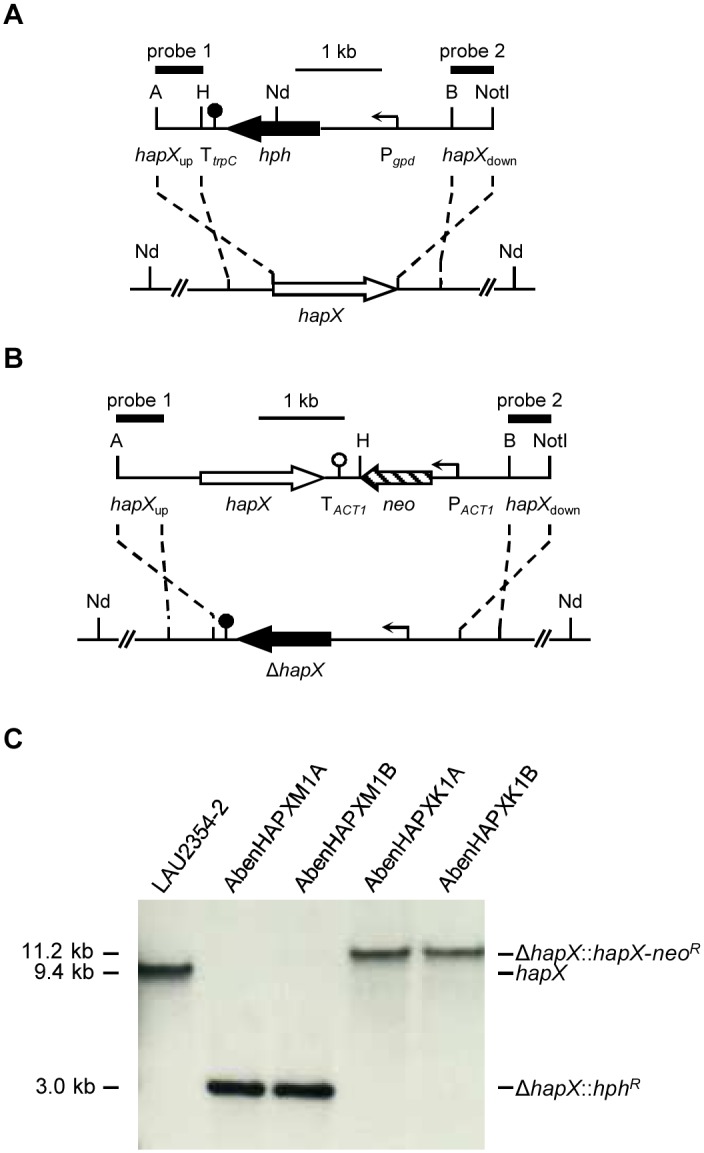Fig 1. Generation of A. benhamiae ΔhapX mutants and reconstituted strains.

(A) For deletion of the hapX locus (white arrow) in the wild-type strain A. benhamiae LAU2354-2 (bottom) a DNA cassette, containing the hygromycin resistance gene hph (black arrow) under control of the gpd promoter (Pgpd, bent arrow) together with the termination sequence fragment TtrpC (filled circle) flanked by hapX upstream and downstream regions (hapXup and hapXdown, solid lines), was used (top). (B) For reinsertion of the hapX gene into its original locus in the ΔhapX mutants a DNA cassette, containing the coding region of hapX and the neomycin resistance gene neo (lined arrow) under control of the A. benhamiae actin promoter (PACT1, bent arrow) together with the Candida albicans actin termination sequence fragment TACT1 (blank circle) flanked by hapX upstream and downstream regions (hapXup and hapXdown, solid lines), was used. (C) Southern blot of NdeI-digested genomic DNA of the wild-type strain A. benhamiae LAU2354-2, ΔhapX mutants and hapXC reconstituted strains with hapX-specific probe 1. The probes which were used for Southern analysis of the transformants are indicated by the black bars. Only the following relevant restriction sites are given in panels a and b: A, ApaI; B, BamHI; H, HindIII; Nd, NdeI; NotI. The sizes of the hybridizing fragments are given on the left and their identities on the right.
